It took just 11 races for Red Bull to decide not to keep Nyck de Vries in Formula 1.
He got the gig thanks to the brilliant ninth place finish he scored on his last-minute debut for Williams at the Italian Grand Prix last year. But after 10 appearances in an AlphaTauri he’s been shown the door.Those 11 starts equate to half a season this year (even less on the 2024 F1 calendar). When the news broke last week several drivers criticised Red Bull for dropping de Vries, a champion in Formula 2 and Formula E, so hastily.
Can a team really draw a meaningful conclusion about a driver’s ability so quickly? How did three of Red Bull’s brightest stars fare in their first 11 starts compared to de Vries?
Many drivers have passed through the doors of Red Bull and its junior team AlphaTauri (formerly Toro Rosso) over the past 18 years. But race winners Sebastian Vettel, Daniel Ricciardo and Max Verstappen stand out as those who made the greatest impression.
Sebastian Vettel
Race 1: BMW Sauber, Races 2-11: Toro Rosso
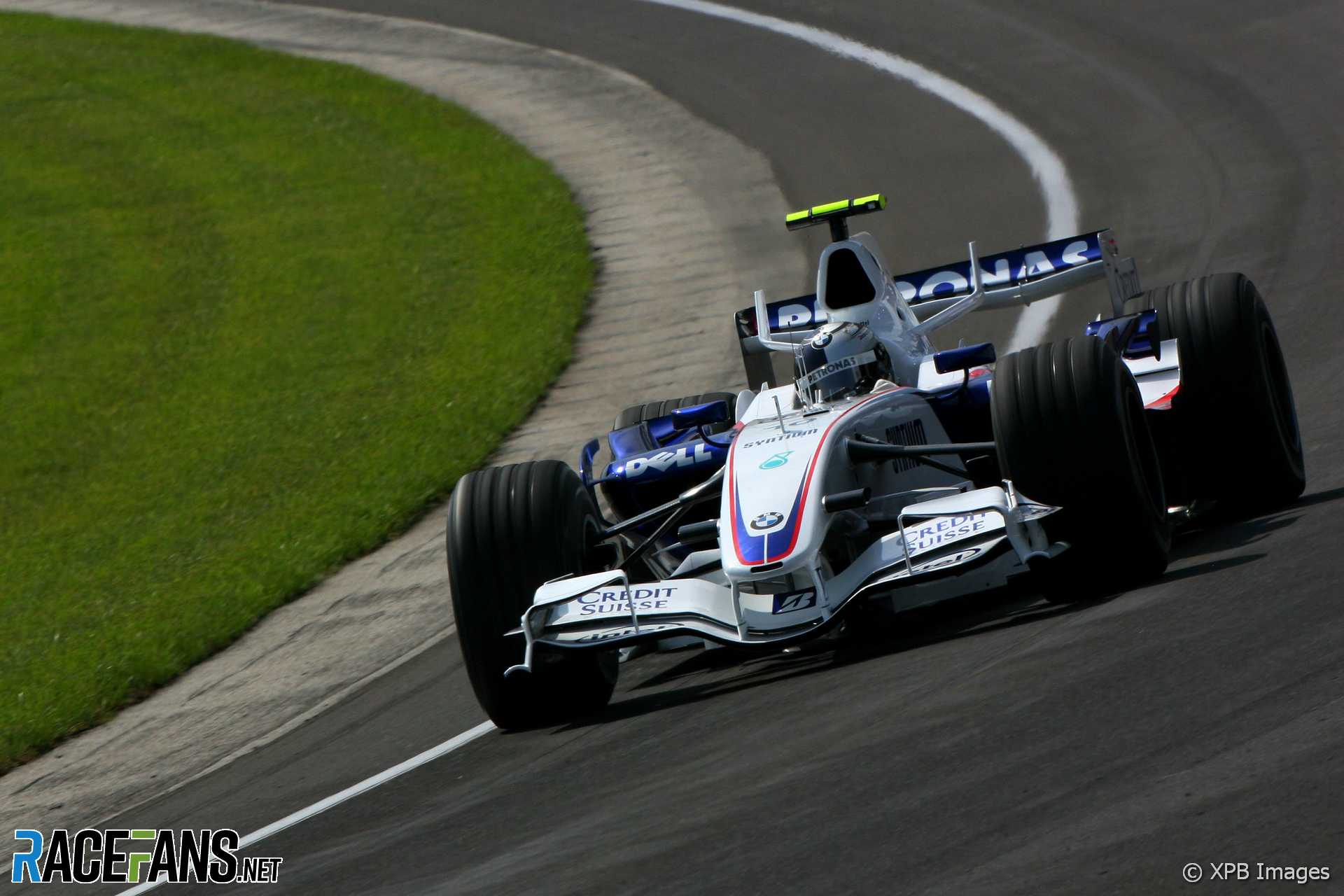
In circumstances not dissimilar to de Vries’ debut, Vettel was called up by BMW Sauber to substitute for Robert Kubica for the 2007 United States Grand Prix on Indianapolis Motor Speedway’s road course layout. Vettel was quite a bit younger – 19 years old on his debut to de Vries’ 27 – and made an immediate impact.
Driving for a team that had reached the podium in the previous race, Vettel was fourth fastest in the opening practice session and second fastest in the third, then qualified seventh for his debut race. His first ever start didn’t go great, dropping to 11th, but he recovered to finish eighth.
Kubica was cleared to return at the next round so Vettel was not needed by the team again. But Red Bull chose to replace the underperforming Scott Speed at Toro Rosso and put Vettel in the car for the final seven races of 2007 and the entirety of the 2008 season.
Advert | Become a RaceFans supporter and
Vettel was often off the pace compared to Vitantonio Liuzzi over their first four weekends as team mates. The Japanese Grand Prix looked to mark a change in fortunes as Vettel achieved Toro Rosso’s best ever starting position of eighth on the grid. The Safety Car led the field for the first quarter of the wet race, and when the drivers were released Vettel jumped up to third, and after nine laps of racing he was in the lead as the top two pitted.
But his time at the front is not what Vettel is remembered for in that race. During another Safety Car period he crashed into the back of Red Bull’s Mark Webber in extremely low visibility conditions. At least de Vries didn’t crash into Max Verstappen this year…
Vettel rebounded from his Japanese GP error at the following Chinese Grand Prix despite a penalty for impeding in qualifying which left him 17th on the grid. Another wet race enabled him to shine in an otherwise uncompetitive car and he rose to finish fourth. This was only the second time in Toro Rosso’s history that they had scored points.
Even better days lay ahead after his first 11 races. Vettel stunned the paddock by winning his 22nd start, still at Toro Rosso, making the junior team winners before Red Bull.
Daniel Ricciardo
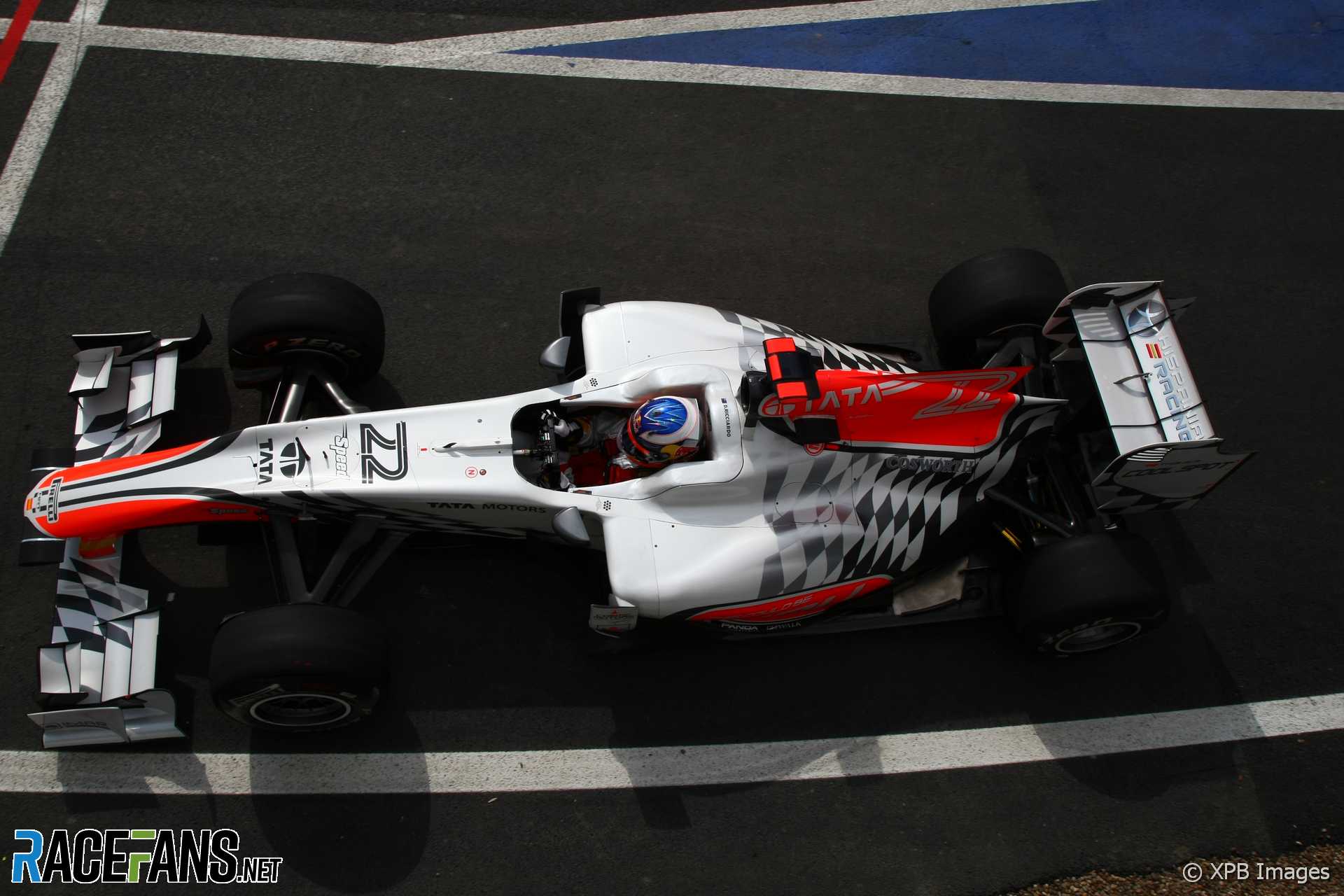
Races 1-11: HRT
Toro Rosso turned up to the 2011 season with three drivers, one of whom only drove for them in practice. That was Daniel Ricciardo who caught the eye when he went eighth-quickest in first practice at the Turkish Grand Prix. Red Bull wanted to see what he could do, but decided against replacing Sebastien Buemi or Jaime Alguersuari, and placed Ricciardo at backmarker team HRT for the remaining 11 races of the year.
Advert | Become a RaceFans supporter and
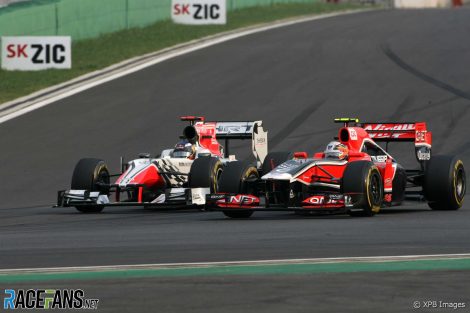
He logged two 18th places, a best qualifying result of 20th and no high-profile errors. The car’s dire lack of pace meant he was regularly lapped three or four times – finishing a lap off the lead in South Korea, where he somehow beat Jerome D’Ambrosio’s Virgin home, was a peak. But after Liuzzi skittled into a group of rivals on the first lap at Monza, Ricciardo never finished a race behind him again, and Red Bull’s motorsport advisor Helmut Marko chose to put him in a Toro Rosso for 2012.
When Webber hung up his helmet at the end of the following season, Red Bull took Ricciardo. But 10 years on, Ricciardo is back at the junior squad looking for a way back into the top team.
Max Verstappen
Races 1-11: Toro Rosso
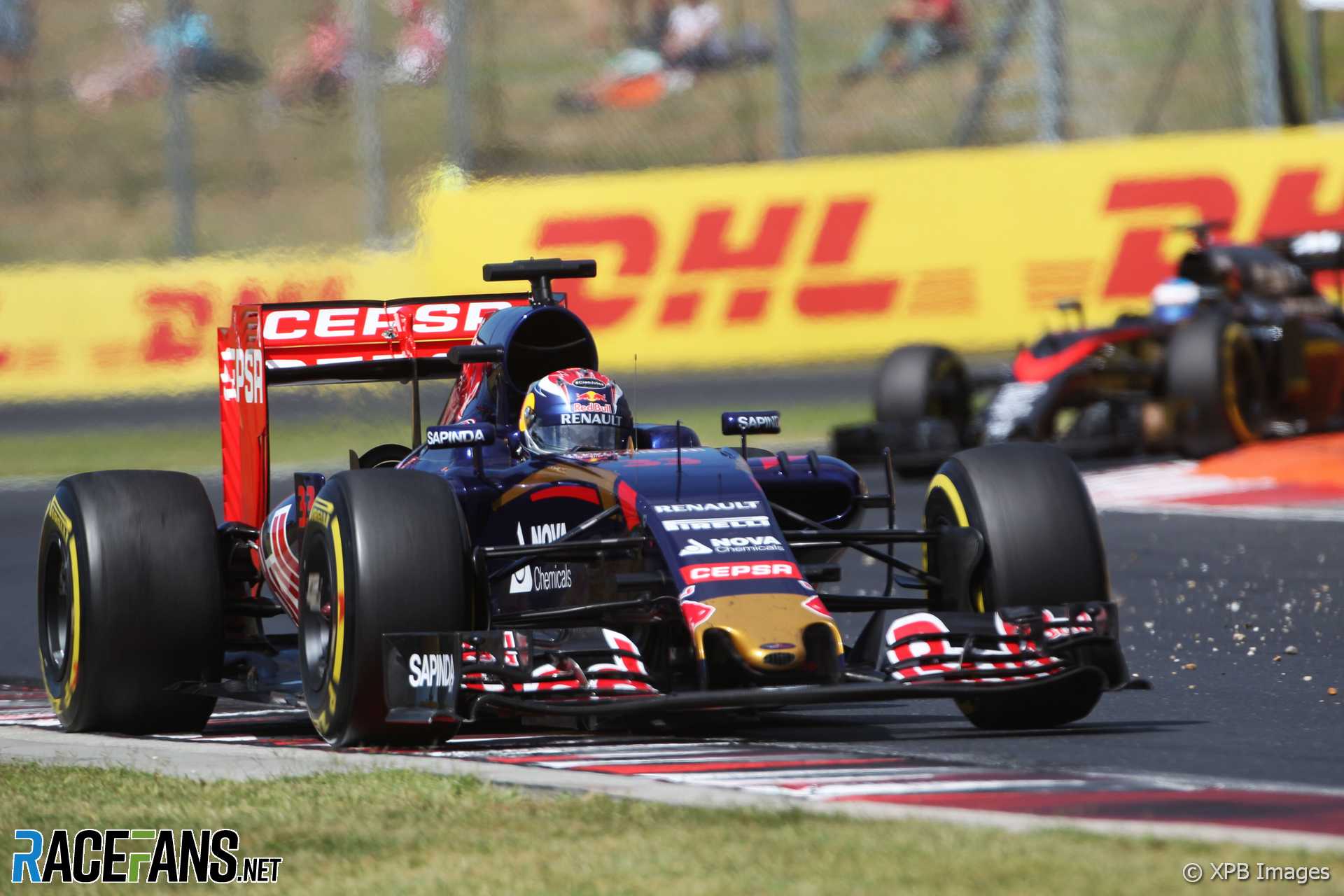
The next of Red Bull’s race winners was Max Verstappen, who went straight into Toro Rosso for his F1 debut in 2015 after three practice appearances at the end of 2014, all on circuits totally new to him.
By this point Toro Rosso was a competitive team, and in 2015 had their best season since 2008. In the first 11 races, the 17-year-old Verstappen finished in the top ten four times (with fellow rookie team mate Carlos Sainz Jnr doing the same) and qualified in the top ten five times (a feat also matched by Sainz).
Verstappen’s debut took place at Albert Park and had more attention possibly than any other in recent F1 history as he broke the record for the youngest ever driver to race in F1. He was fourth fastest in Q1 at his very first attempt at an F1 qualifying session, but went out of Q2 in 12th place, and was in a points-scoring position in the race when his engine expired. Similar problems put him out two of the next three races.
Advert | Become a RaceFans supporter and
The future champion’s first 11 races also saw a crash in Monaco that drew the ire of rivals. But before then Verstappen showed an immediate flair for one of F1’s most demanding tracks.
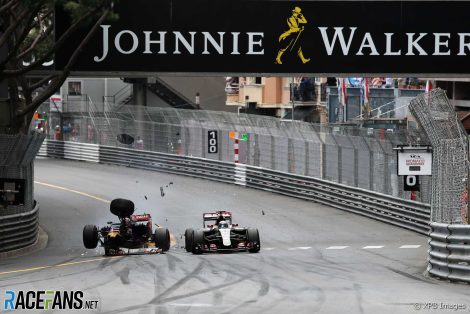
But he delivered on his potential with a best finish of fourth over his first 11 races in the Hungarian Grand Prix. That was despite further incidents including a drive-through penalty and collision with Valtteri Bottas.
But like Vettel and Ricciardo before him, Verstappen had shown high enough peaks for Red Bull to be convinced the potential was there. They set a tough standard against which future drivers have been judged – and often found wanting.
Become a RaceFans Supporter
RaceFans is run thanks in part to the generous support of its readers. By contributing £1 per month or £12 per year (or the same in whichever currency you use) you can help cover the costs of creating, hosting and developing RaceFans today and in the future.
Become a RaceFans Supporter today and browse the site ad-free. Sign up or find out more via the links below:
2023 F1 season
- FIA president cleared of alleged interference in two 2023 races
- First week viewing figures for new Drive to Survive season fall again
- Max who? Drive to Survive season six prefers its favourite faces
- RaceFans’ complete 2023 season review
- The F1 drivers who pulled off the 10 biggest charges through the field in 2023




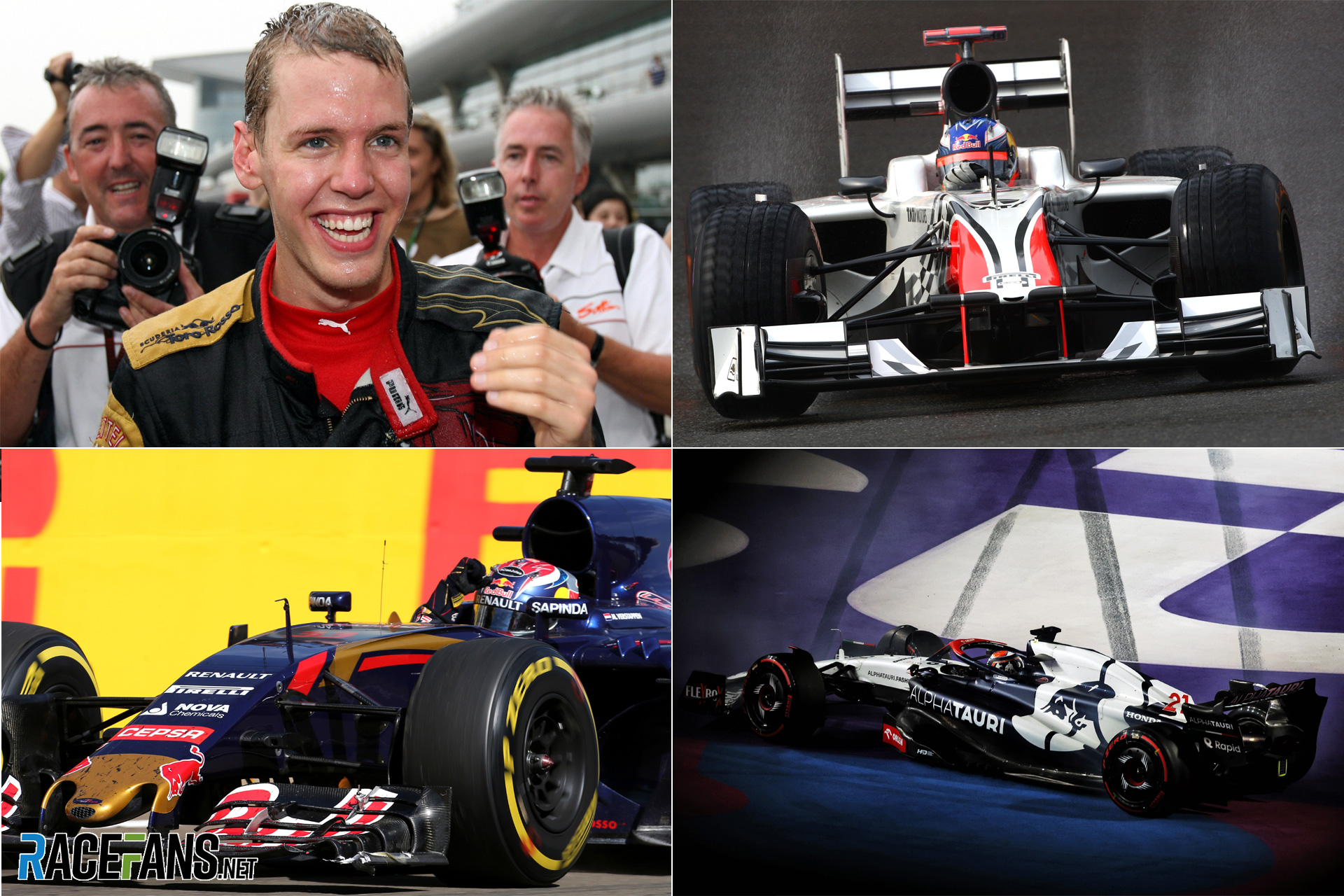
SteveP
19th July 2023, 7:56
Or not, depending on which sentence you read, because in the next paragraph:
“He got the gig thanks to the brilliant ninth place finish he scored on his last-minute debut for Williams at the Italian Grand Prix last year. But after 10 appearances in an AlphaTauri he’s been shown the door.”
Confusing I suppose as there should have been 11 race weekends, but Imola was flooded out so 10 race weekends.
Of course, technically the race total is 13 (potential) as the sprints are (supposedly) “race” appearances, but not Imola, so 12 instead.
Facts&Stats
19th July 2023, 8:13
1 Williams + 10 AT = 11 races
notagrumpyfan
19th July 2023, 8:26
It’s no surprise that De Vries is not the next Vettel, Verstappen, or even Ricciardo.
I doubt anybody expected that.
The question is if he could be another Albon, Gasly, or Sainz. And if half a season is enough to make that final call.
I do think however that he could be another Tsunoda; but that would only work if Ferrari were to power Alpha Tauri*.
* it seems that be Ferrari is listed in The Netherlands.
Jonathan Parkin
19th July 2023, 8:52
Part of me has wondered if there is a little bit of Aiden Jackson scenario going on here.
Red Bull have shown a ruthlessness in dumping their second drivers down to Toro Rosso/Alpha Tauri and I’m thinking this might have given Nyck De Vries a thought that he could potentially be Max Verstappen’s teammate since Perez is struggling
As a result he is thinking of being in Red Bull and not – as Devon Butler says – driving the car he is in
Stephen Crowsen (@drycrust)
19th July 2023, 9:26
This had almost nothing to do with Nyck’s performance. Unless he’d done something really prestigious his contract was going to be terminated. This has everything to do with how fast Daniel can drive in a Red Bull Racing car. Daniel had to be given special coaching because when he arrived back at Red Bull they put him into their simulator and discovered his lap times weren’t good enough. Could Nyck have produced better lap times than he did if he’d been given the same special coaching Daniel was given by Red Bull? Yes. Could AlphaTauri’s simulator team be trained to teach their drivers to drive to the same standard Red Bull use? I expect so.
I expected much higher standards from Dr Marko, Christian, and especially Franz Tost.
Mayrton
19th July 2023, 12:40
Yeah, it sees they panicked over Perez’ performance. Not a sign of good management. Especially since they do not have an alternative anymore now. And I personally highly doubt Ricciardo will deliver (unfortunately).
x303 (@x303)
19th July 2023, 13:31
I agree with you : they hired him just to keep the seat until Ricciardo is ready. Nyck never had a fair chance to begin with.
RB did the same thing a decade ago when they hired Bourdais – another seasoned driver with multiple championships under his belt at the time – and refused to listen to his suggestions about setups. They needed a French driver to address the French market they were finally able to enter (long story, but in short for years their energy drink was banned in France on health grounds, the EU finally forced the matter). When they dared to listen to him, he ran in the top 10 (a close top 5 if my memory serves correctly) in Spa 2009. Then RB decided that they had hit their target and fired him in an elegant way : Bourdais fired by SMS.
David BR (@david-br)
19th July 2023, 13:45
@drycrust Sorry, I made the same point as you about prepping Ricciardo for Red Bull before reading your comment, must have missed it scrolling down. I disagree about the ‘special coaching’ being unfair. Presumably all drivers receive some degree of coaching but it depends on their ‘natural’ driving style too whether some things can be unlearned, learned or adapted. Pérez earlier this season was trying to emulate Verstappen’s style more, was clearly being helped by the team with that, but arguably his driving became worse and precipitated his collapse in form. On Ricciardo’s side, Red Bull knew a lot about his driving from his earlier time and made it clear (public) that they had to ‘unlearn’ him of what they saw as bad new habits. I don’t think they’d discard De Vries if they saw similar potential to adapt. I kind of agree with the premise of the article that Vettel, Ricciardo and Verstappen were clearly stand-out drivers in the junior team despite inconsistencies. Vettel’s 2008 win at Monza was phenomenal (OK later than 11 races), Ricciardo’s overtaking was always impressive, and Verstappen’s pace was apparent from the start. Tsunoda had some good moments early on too but then seemed to become erratic, maybe not helped by poor communication skills with his team (at least that’s the perception he gave over the radio).
anon
19th July 2023, 21:37
@david-br the thing is, when you look at what Tost was saying about de Vries before the start of the season, he was complimenting de Vries on the fact that, being much more experienced than the drivers who usually pass through Alpha Tauri, his technical knowledge was noticeably stronger and was something that was of significant benefit for the team.
From the point of Eddington and Tost, de Vries was the sort of driver that the team had been needing for a while – an experienced driver with decent technical knowledge that could act as a point of reference for the team. That is not necessarily the case with Ricciardo – indeed, one of the areas he has been criticised on in the past was relatively poor technical skills and a lack of interest in that area.
For all the talk about coaching Ricciardo in the Red Bull simulator to bring him back to driving in a style they were more familiar with, there is the question of whether Ricciardo can translate that to the AT04. There have been suggestions that the AT04 does share some handling traits with the McLaren cars that Ricciardo struggled with, particularly with respect to mid corner instability, which might mean that what Red Bull might see in the simulator and what Ricciardo is able to do with the AT04 might not match.
Sham (@sham)
19th July 2023, 12:06
Nyck has not been a star, but he’s also not caused huge problems for the team as some previous stars have done.
Hard to see Red Bulls case here, to be honest – but I doubt its a huge loss to F1
David BR (@david-br)
19th July 2023, 13:27
Red Bull needed somewhere to temporarily park Ricciardo before switching him to Red Bull. The way Marko and Horner let everyone know how impressed they were with Ricciardo’s track times in the Pirelli tests suggests it wasn’t excitement over just the prospect of him in an AlphaTauri seat. Then Horner confirms he’s an option for ‘2025’. Meaning 2024 or earlier. De Vries was the obvious choice to make space. If they thought him or Tsunoda a better fit for Red Bull than Ricciardo, they’d be going instead.
I think Red Bull have two motives for dropping Pérez. They’ve calculated that other teams will probably start catching them. But if they don’t still for a while, they want a driver who can realistically offer some challenge to Max (along the lines of Hamilton v. Rosberg) to offset the negative effects of one driver winning everything (unpopularity, more presssure to curb Red Bull’s performance advantage). Pérez’s run of 5 failures to reach Q1 isn’t redeemable. He can break that run but they need a much higher consistency rate and they just can’t be confident he’ll provide it. Pérez was signed for his supposed consistency, not his speed over most circuits.
David BR (@david-br)
19th July 2023, 13:32
*Q3!
F1 frog (@f1frog)
19th July 2023, 14:42
I think it was the right move, as Nyck de Vries was already very experienced and looked very unlikely to be more than an average F1 driver. And the signing was far more about testing if Daniel Ricciardo was good enough to race for Red Bull again anyway.
But I do think it is interesting to consider which great drivers would have been sacked based on their first eleven races of their teams had been this harsh.
Graham Hill, for example, made his debut in a very uncompetitive Lotus in 1958. Perhaps unsurprisingly as it was only four years after he first drove any car at all, he got off to a slow start, was generally outperformed by Cliff Allison and made a few mistakes. It probably didn’t start much better than De Vries’ career. Hill continued to struggle in 1959 with Lotus, although he was a bit stronger, but he really came good in 1960 with a move to BRM and almost won the British Grand Prix from the back. By 1961 he was better than Tony Brooks, and in 1962 he was world champion.
Niki Lauda made his debut with March in 1972, and is often used as an example of why pay drivers can be good. He was totally destroyed by Ronnie Peterson in the same car. But he got a drive with BRM and showed more promise, not being far off the pace of race winning teammates Clay Regazzoni and Jean-Pierre Beltoise, and was promoted to Ferrari in 1974. He was the fastest driver on the grid in 1974 and by 1975 he was the best in the world, becoming one of the all time greats.
Nigel Mansell had a more promising start to his career, but by the end of 1984 he had consistently been second best to Elio de Angelis and looked like a midfield level driver. Only two years later he almost won the championship for Williams.
I think that the first eleven races of Graham Hill and Niki Lauda’s careers were no more impressive than Nyck de Vries’ but he was far more experienced as a driver before joining Formula 1 and it is very unlikely that he would have been as successful as them.
Esploratore (@esploratore1)
19th July 2023, 19:49
Yes, true, and it also goes to show how nowadays drivers don’t get as much time as they used to, and they can also test a lot less than at least in the schumacher era, unsure about the older times.
slowmo (@slowmo)
19th July 2023, 17:36
I think the problem with de Vries was there was no real bright future apparent from him continuing in the car. The team will have already got a good read that as an experienced F1 hand he was not blowing away Tsunoda who I personally question is a particularly great driver anyway. He seemed to me to have been hired as a stop gap while they assessed their other options for the future including Ricciardo who was no longer a known quantity after his McLaren period. I think the only way he got to stay was if he comprehensively beat Tsunoda. If he couldn’t do that then I think the team would think they may as well roll the dice on finding another talent.
At least de Vries got a chance at a seat, many drivers don’t.